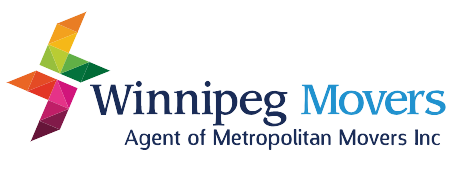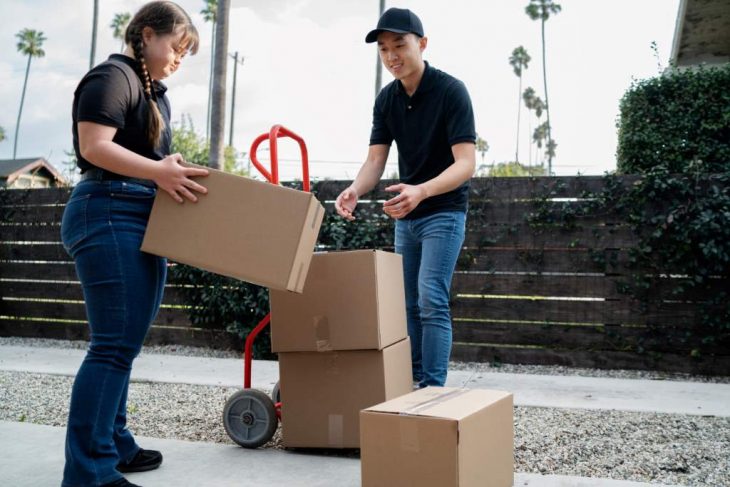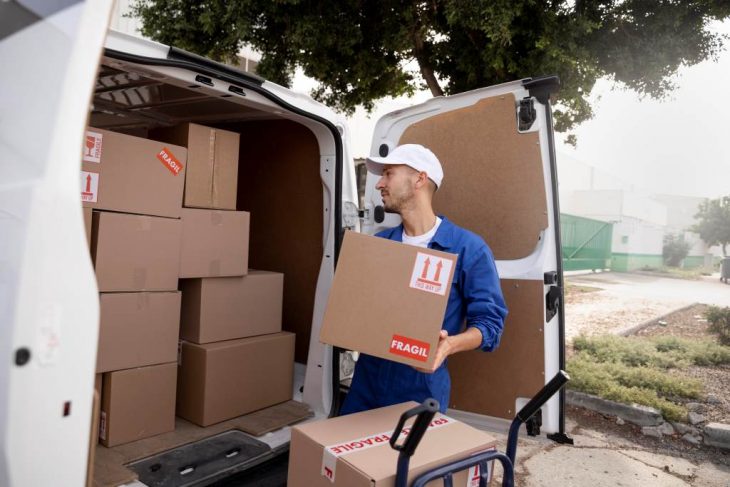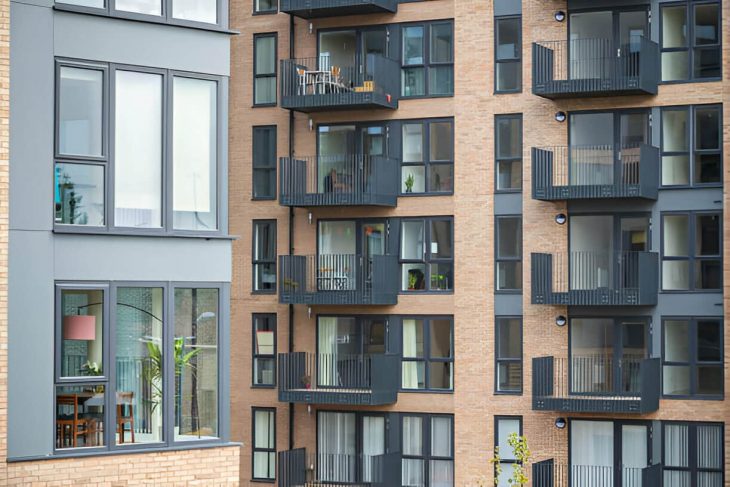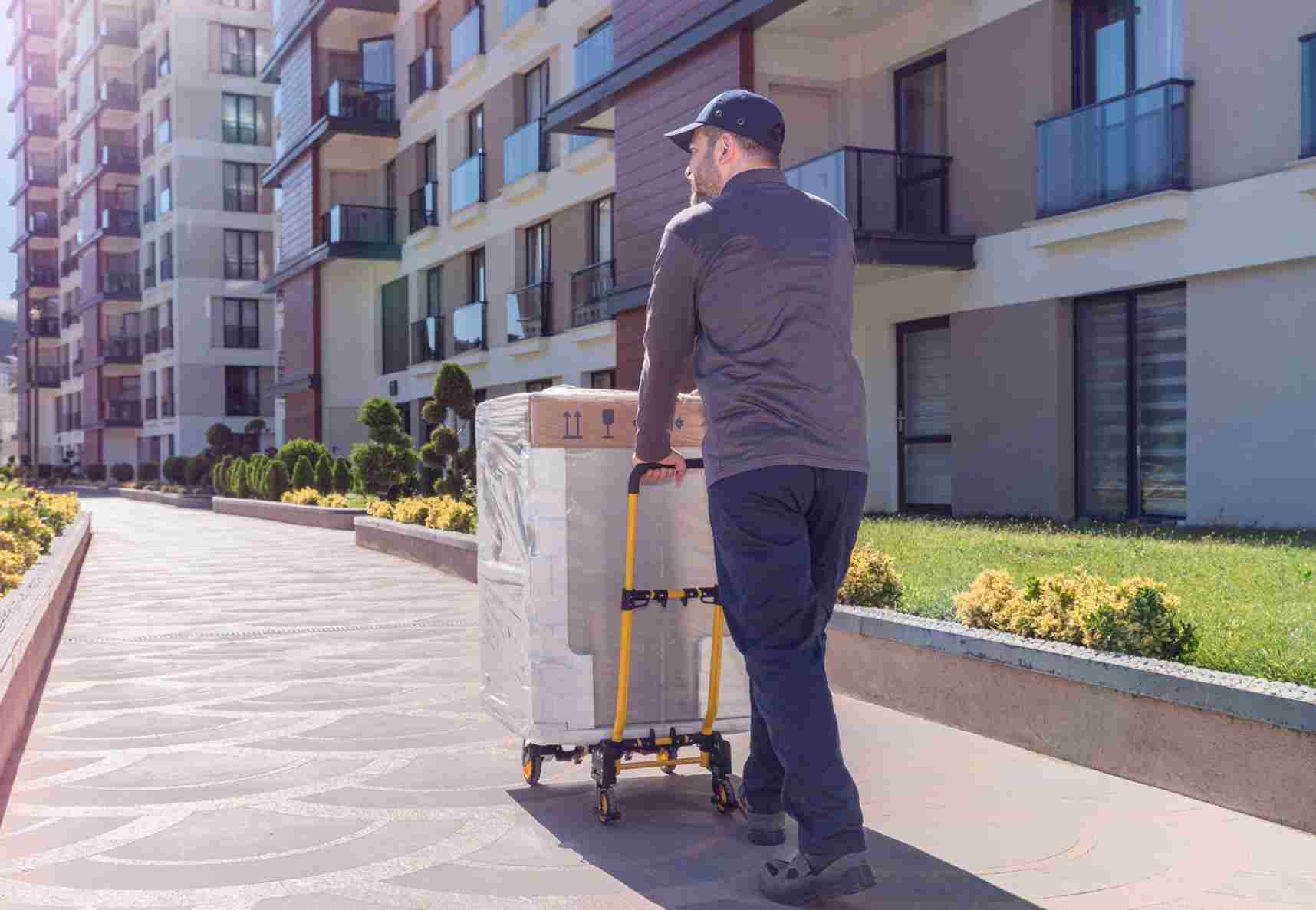
Transport appliances is a task that requires planning and execution. It’s not, about packing them up; it involves considering each appliance’s features using proper packing techniques and creating a comprehensive plan for the relocation process.
This guide provides a step-by-step approach to simplify the process and ensure your appliances arrive at their location in great condition.
Planning is crucial for a move. Before you start packing make an inventory of all the appliances you’re moving. Include model and serial numbers as reference points throughout the relocation.
Assess the condition of each appliance. Consider any special handling requirements, such, as delicate sensors or intricate components.
The Art of Efficient Moving
When it comes to relocating appliances it’s not, about boxing them up and putting them on a truck. It’s a process that requires an approach to protect these valuable and delicate items.
Every appliance, from refrigerators to washing machines needs attention to detail. The key to relocations lies in the details of packing and transportation. If you are looking for budget-friendly appliances for your home, then browse this website.
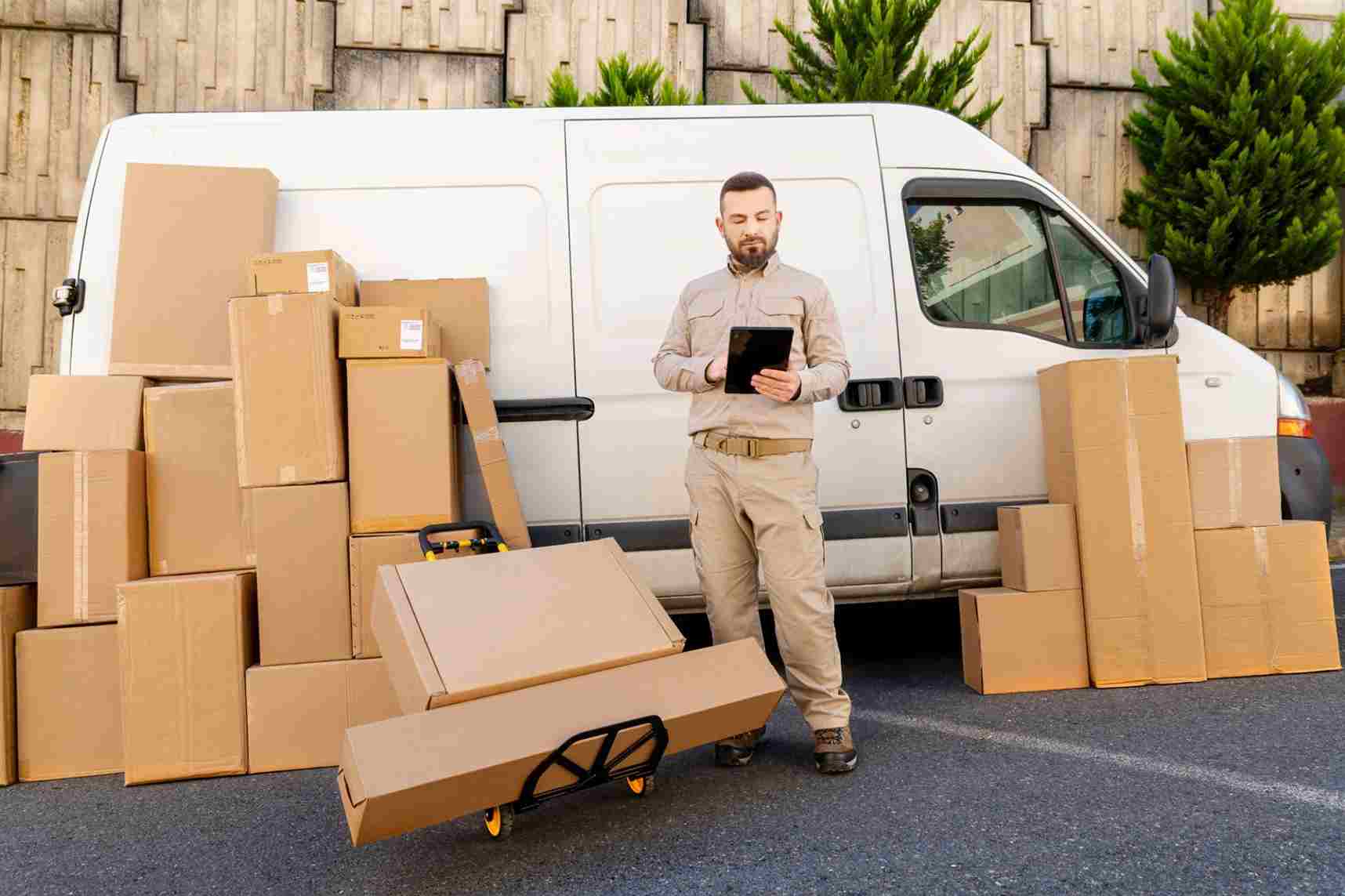
The process starts with the understanding that moving appliances is not a one-size-fits-all task. It goes beyond packing things up; it requires planning to ensure the safety of these important items.
Creating an inventory is crucial documenting each appliance with precision including information like model numbers and serial numbers.
Preparing for a Seamless Move
Moving from one place to another can be complex and demanding. With planning it can become a smooth and well-organized transition. Here’s a detailed guide to making your move as smooth, as possible
Create a Detailed List
Before you start packing it’s important to make a list of all the appliances that will be moved. This will help you stay organized throughout the relocation process.
- Record Model and Serial Numbers: Take note of the model and serial numbers for each appliance. This information is useful for purposes and warranty considerations.
- Assess the Condition: Evaluate the condition of each appliance. Make a note of any existing damages as this information may be necessary for insurance claims.
- Determine Appliance Requirements: To ensure packing and transportation it’s essential to consider the needs of each appliance.
The Art of Packing
It requires thought and meticulous execution to ensure a smooth and successful move.
- Follow the Manufacturers Guidelines: It is important to follow the guidelines provided by manufacturers for disassembling and packing appliances.
- Adherence to Guidelines: Manufacturers provide instructions on how to disassemble and pack their appliances.
- Utilize Original Packaging: These materials are specifically designed by the manufacturer to provide protection during transportation.
Choosing the materials
This is important to protect components, from shocks and vibrations which helps minimize the risk of them breaking.
- Bubble Wrap and Padding: These materials act as a cushion absorbing any shocks or vibrations that may occur during transportation.
- Custom Containers: Invest in containers or boxes specifically designed for appliances. These containers provide a fit reducing the likelihood of movement during transit.
Record the Procedure
Thorough documentation plays a role, in ensuring an unpacking process and simplifying the reassembly of appliances at their destination. This documentation should include evidence and an organized labeling system.
- Photographic Evidence: Capture the disassembly process using photographs or videos. These visuals serve as references when reassembling the appliance.
- Labeling System: Each package should be labeled with its contents, destination room in the home, and any specific handling instructions.
Logistics and Transportation
This crucial step involves orchestrating the movement of appliances from the current location to the new destination, encompassing a range of considerations to ensure a seamless and secure transit.
Professional Movers:
This dedicated service ensures a higher level of expertise, precision, and care throughout the transportation process.
- Verify Expertise: This includes assessing their track record with similar moves and confirming that they possess the necessary equipment and knowledge to transport delicate and specialized items.
- Specialized Equipment Handling: Professional movers with experience in transporting appliances are familiar with the intricacies of handling delicate components, and securing loose parts.
- Insurance Coverage: Confirm the extent of insurance coverage provided by the moving company.
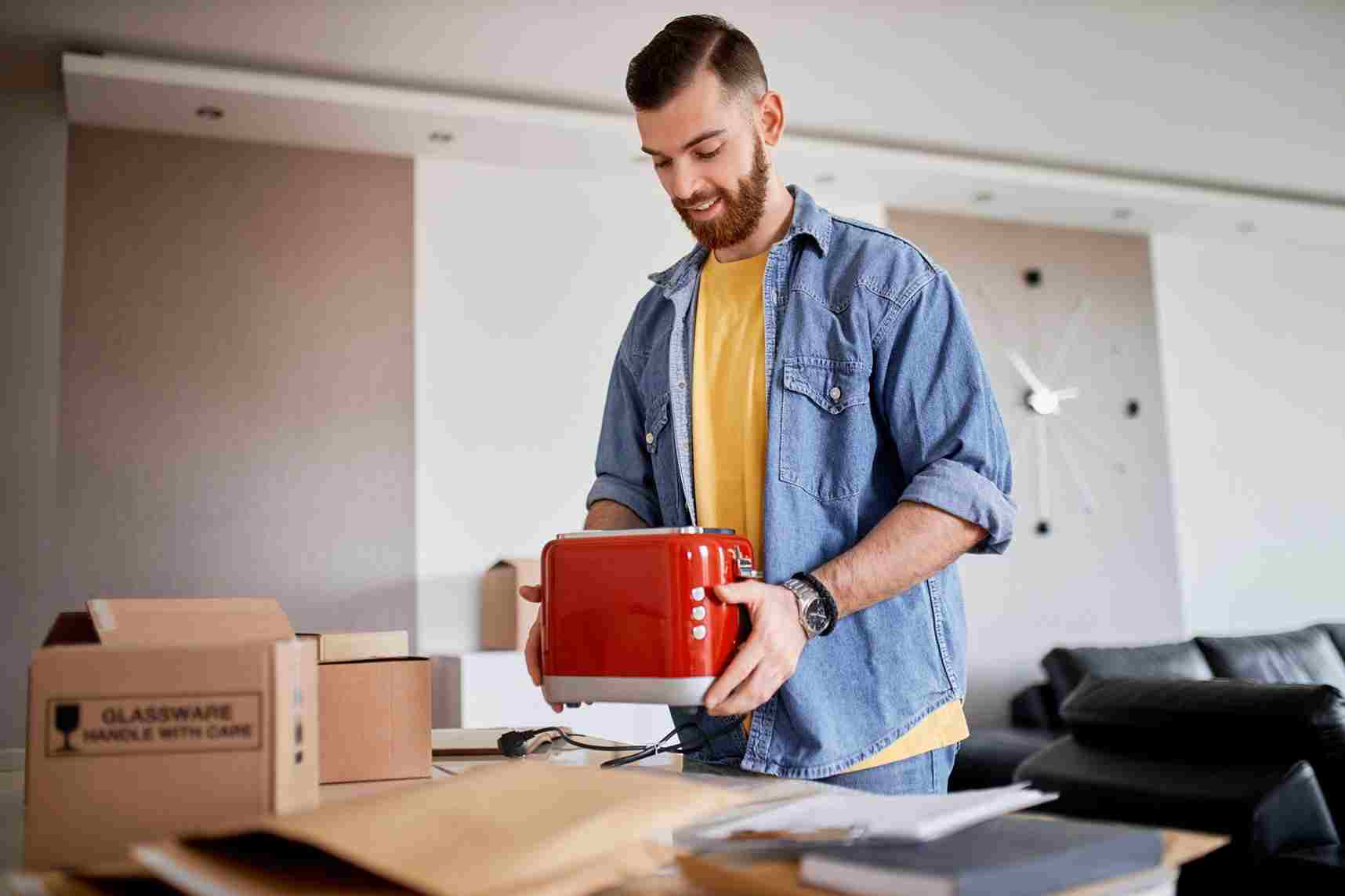
Secure Loading
Ensuring the safe transport of appliances begins with secure loading practices. Proper techniques during this phase are instrumental in preventing damage en route and guaranteeing that appliances reach their destination in optimal condition.
- Use Appliance Dollies: Investing in appliance dollies is a proactive measure for transporting heavy items, such as refrigerators and washing machines.
- Minimized Physical Strain: Appliance dollies are equipped with features like straps and wheels, reducing the physical strain on movers.
- Strap Down Appliances: Once loaded into the moving vehicle, securing appliances is crucial to prevent shifting during transit.
Route Planning
Careful route planning is a pivotal element in ensuring a smooth and secure transportation process during the relocation of appliances. Thoughtful consideration of the route can mitigate potential risks and challenges, contributing to the overall success of the move.
- Avoid Hazardous Routes: Meticulous planning involves steering clear of potential hazards along the transportation route.
- Climate Considerations: Route planning should also take into account the prevailing climate conditions during transportation.
- Protective Measures for Climate Sensitivity: For appliances sensitive to temperature fluctuations, such as electronic components or items containing liquids, it’s crucial to implement protective measures.
Communication Throughout the Process
Effective communication is the linchpin of a successful appliance relocation. Throughout the entire process, maintaining open and clear communication is essential for all parties involved, ensuring a coordinated and stress-free experience.
Maintain Open Communication
Effective communication is not just a nicety but a fundamental pillar of success in the relocation process.
- Coordinate with Movers: Maintaining open communication with the chosen moving company is crucial.
- Discuss Handling Instructions: This may include information about delicate components, disassembly needs, or other considerations that movers should be aware of to ensure the safe transport of the items.
- Keep Stakeholders Informed: In a team or family setting, where multiple individuals are involved in the relocation, keeping everyone informed is paramount.
- Detailed Schedule Sharing: Share a detailed schedule with all stakeholders, outlining key milestones and timelines.
- Logistics Overview: Provide an overview of the logistics involved, including transportation details, arrival times, and any specific tasks assigned to different individuals.
Coordinate with Staff and Stakeholders:
This involves not only providing clear instructions but fostering an environment of collaboration, training, and involvement to ensure a seamless and efficient process.
- Staff Training: If employees are integral to the relocation process, it’s imperative to provide them with comprehensive training on the safe handling of appliances.
- Communication Skills: Equip staff with effective communication skills, ensuring they can convey any challenges or concerns they encounter during the relocation.
- Stakeholder Involvement: In a broader context, involving stakeholders such as family members or office staff in the planning process is pivotal.
Post-Move Considerations
The post-move phase is a critical stage in the appliance relocation process, demanding attention to detail and a proactive approach to ensure a smooth transition into the new environment.
Reference Documentation
The documentation, meticulously created during the packing process, becomes an invaluable resource upon arrival at the new location.
- Cross-Check Inventory:: The first step in utilizing reference documentation is to cross-check the inventory list upon arrival.
- Verification Process: Rigorously compare the inventory list with the actual items present. This cross-checking ensures that no appliances are left behind or misplaced during the transportation process.
- Identification of Discrepancies: This may involve contacting the moving company or relevant stakeholders to resolve issues and account for any missing items.
Regular Maintenance Inspections
This dedicated approach involves scheduling routine inspections and calibration checks to identify wear and tear, address maintenance needs promptly, and uphold the functionality of precision mechanisms.
- Schedule Routine Inspections: Regular inspections are planned assessments aimed at identifying wear and tear on appliances.
- Planning and Scheduling: Develop a schedule for routine inspections based on the usage patterns and the specific requirements of each appliance.
- Identification of Wear and Tear: This may include worn-out components, loose connections, or any abnormalities that could impact the appliance’s functionality.
- Conducting Calibration Checks: Implement a schedule for regular calibration checks, especially for appliances like measuring equipment or devices with specific performance standards.
User Training and Familiarization
This involves providing comprehensive training for users, particularly in commercial spaces, to ensure they are acquainted with any changes in appliance setup, locations, or functionalities.
- Provide User Training: If the relocation involves a commercial space where appliances are used by staff or individuals, offering user training is essential.
- Detailed Training Sessions: Organize detailed training sessions for users, focusing on changes in appliance setup or any new additions.
- Addressing Specific Changes: Highlight specific changes in appliance locations or functionalities that users need to be aware of.
- Interactive Training Formats: Utilize interactive training formats, such as hands-on sessions or Q&A discussions, to enhance user engagement.

Conclusion
Efficiently relocating appliances involves a meticulous blend of planning, strategic packing, and seamless transportation.
By following manufacturer guidelines, using secure packing materials, engaging professional movers, and maintaining open communication, the process becomes not only manageable but also optimized for the safety of your valuable appliances.
As the appliances reach their new destination, the journey doesn’t end. Reference documentation becomes a guiding light for efficient unpacking and reassembly.
Regular maintenance inspections, user training, and ongoing communication contribute to the sustained performance of relocated appliances.
